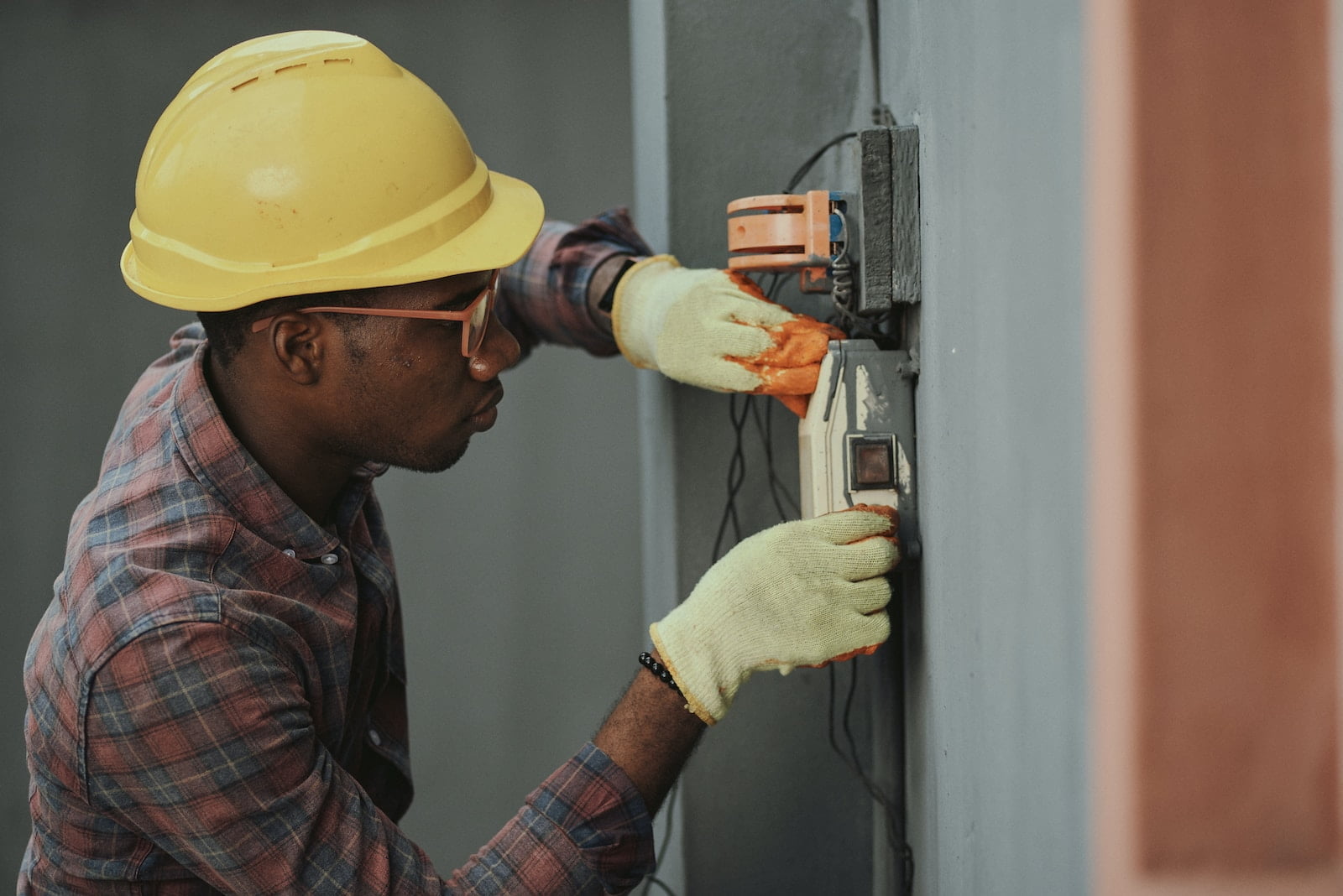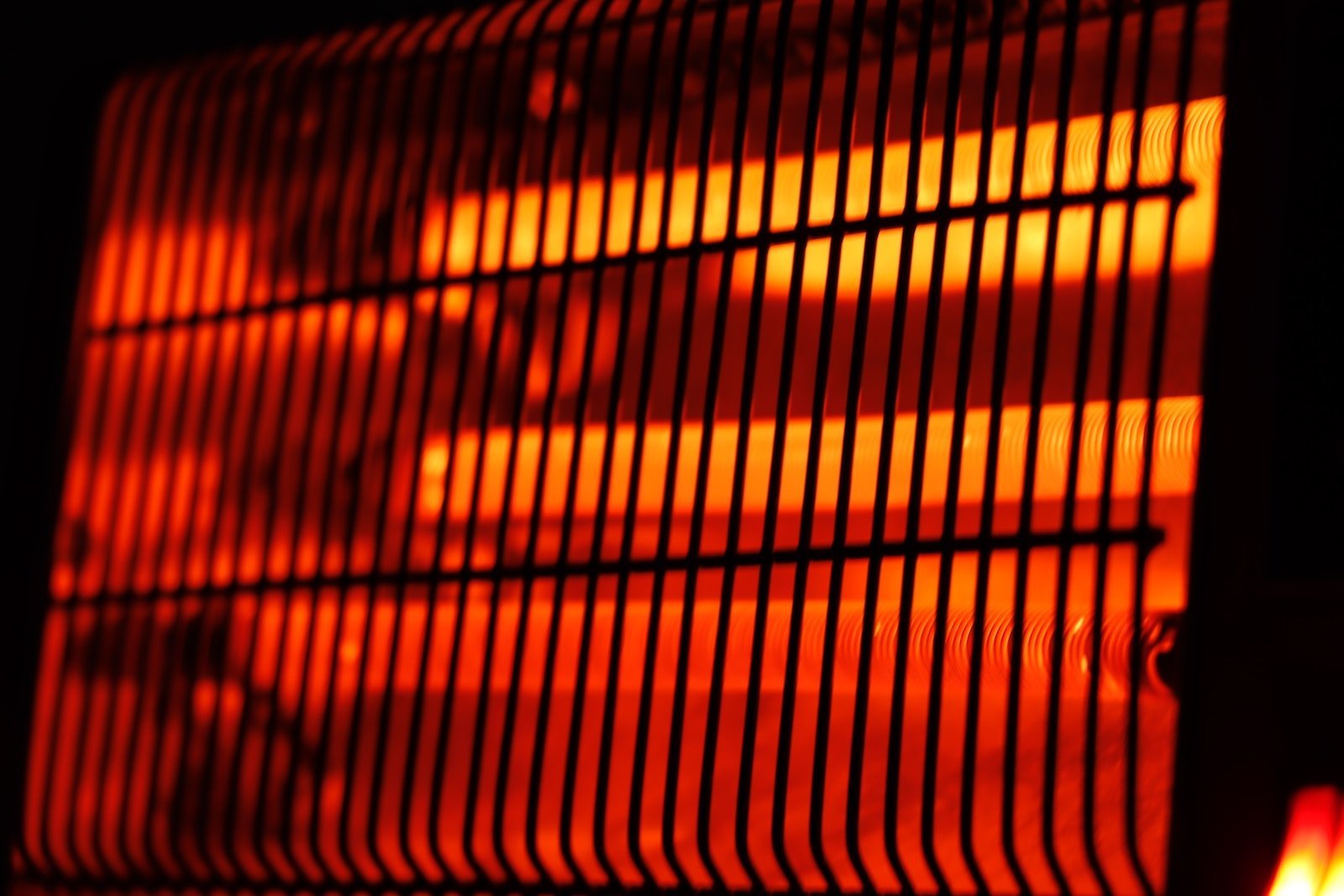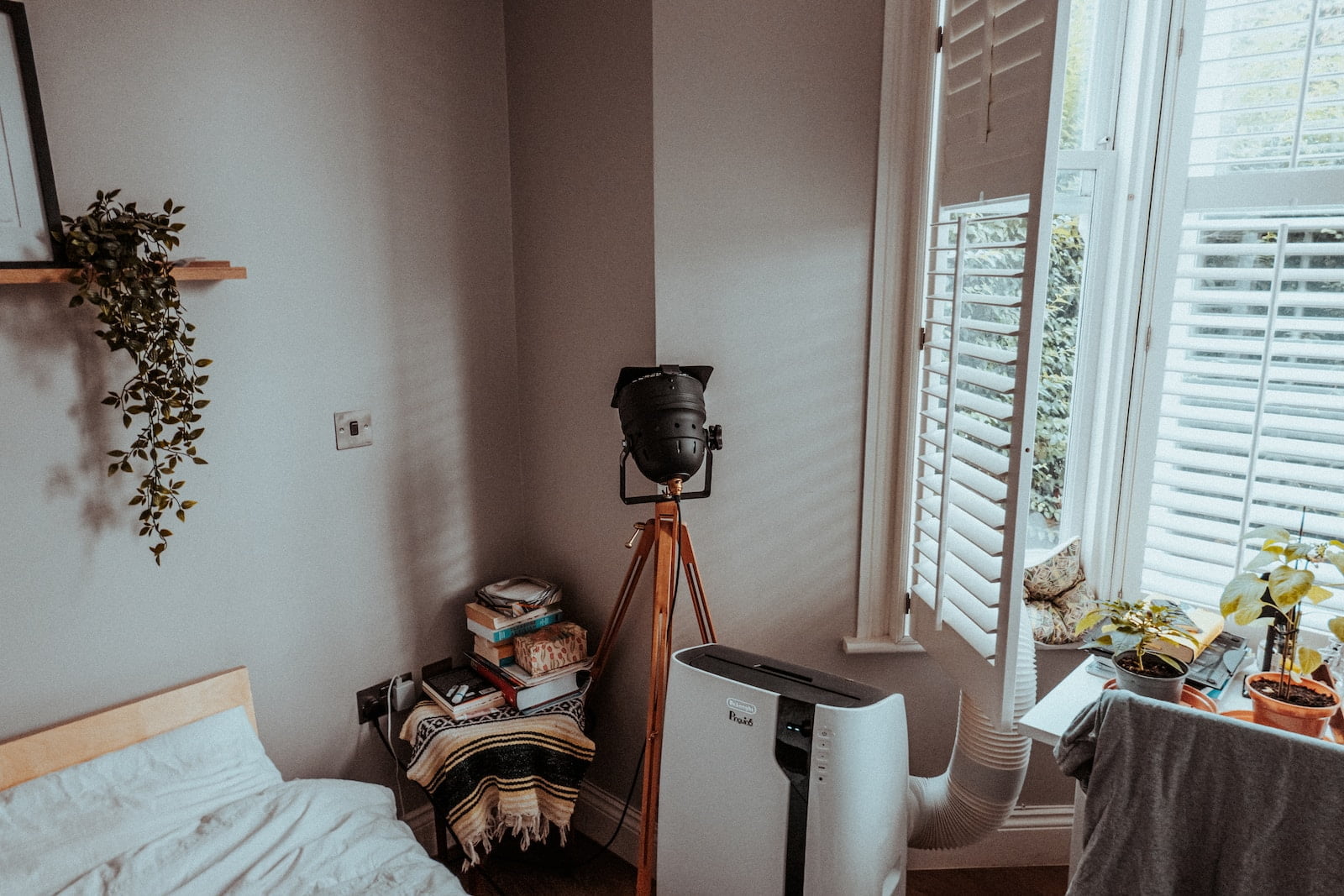Improving Indoor Air Quality: Easy Tips
Indoor air quality is an essential aspect of our everyday lives that often goes unnoticed. It refers to the quality of the air inside buildings, including homes, workplaces, and other indoor environments. Poor indoor air quality can have adverse effects on our health, comfort, and overall well-being. This is why it is crucial to understand the factors that affect indoor air quality and the measures we can take to improve it. In this article, we will delve into the basics of indoor air quality, its importance, and the common pollutants that can impact it.
Firstly, it is important to note that indoor air quality can be affected by various factors such as ventilation, temperature, and humidity. Poor ventilation can lead to the accumulation of pollutants such as carbon monoxide, radon, and volatile organic compounds (VOCs). These pollutants can cause respiratory problems, headaches, and other health issues. Similarly, high temperatures and humidity levels can create a breeding ground for mold and mildew, which can also affect indoor air quality and cause health problems.
Therefore, understanding the factors that affect indoor air quality and taking measures to improve it can have a significant impact on our health and well-being. In the next sections, we will explore the different types of pollutants that can affect indoor air quality and the steps we can take to mitigate their effects.
Sources of Indoor Air Pollution
Another common source of indoor air pollution is tobacco smoke. Secondhand smoke can cause a range of health problems, including respiratory infections, asthma, and lung cancer. Smoking indoors can also release harmful chemicals like formaldehyde and carbon monoxide into the air. Other sources of indoor air pollution include household cleaning products, pesticides, and building materials like asbestos and lead-based paint. These chemicals can release volatile organic compounds (VOCs) that can cause headaches, dizziness, and other health problems. Additionally, poorly maintained HVAC systems can circulate allergens and pollutants throughout a building, exacerbating respiratory problems and other health issues.
It is important to be aware of these sources of indoor air pollution and take steps to minimize exposure. This can include using natural cleaning products, avoiding smoking indoors, and regularly maintaining HVAC systems. Additionally, installing air purifiers or air filtration systems can help remove harmful pollutants from the air. By taking these steps, we can help ensure that the air we breathe indoors is as clean and healthy as possible.
Tips for Improving Indoor Air Quality: Ventilation
Another way to improve indoor air quality is by ensuring proper ventilation. Good ventilation helps to remove stale air and bring in fresh air from outside. This is especially important in areas where there are pollutants or chemicals present, such as in the kitchen or bathroom. One way to improve ventilation is by opening windows and doors, especially when cooking or showering. You can also use exhaust fans to remove pollutants and moisture from the air. It’s important to make sure that your ventilation system is working properly and is not blocked by furniture or other objects. Additionally, you can consider using an air purifier with a HEPA filter to remove pollutants from the air.
By improving ventilation, you can help to reduce the concentration of pollutants in your indoor air and create a healthier living environment for you and your family. It’s important to remember that good indoor air quality is essential for our health and well-being, and there are many steps we can take to improve it. Whether it’s by using natural cleaning products, reducing clutter, or improving ventilation, every little step can make a big difference in the quality of the air we breathe.
Tips for Improving Indoor Air Quality: Cleaning and Maintenance
Regular cleaning and maintenance are essential for improving indoor air quality. Dust, dirt, and other pollutants can accumulate in your home and circulate in the air, causing respiratory problems and other health issues. Here are some tips to help you keep your indoor air clean:
Firstly, vacuum your carpets and rugs regularly to remove dust, dirt, and pet hair. Use a vacuum cleaner with a HEPA filter to trap small particles and prevent them from being released back into the air. Secondly, dust and wipe down surfaces such as shelves, tables, and countertops using a damp cloth to avoid spreading dust into the air. Thirdly, change your air filters regularly. Dirty filters can reduce air flow and cause your HVAC system to work harder, leading to higher energy bills and lower air quality. Finally, keep your home well-ventilated. Open windows and doors to let fresh air in and use exhaust fans in bathrooms and kitchens to remove moisture and odors.
By following these simple cleaning and maintenance tips, you can help improve the air quality in your home and protect your family’s health.
Tips for Improving Indoor Air Quality: Using Air Purifiers and Plants
Another tip for improving indoor air quality is to use air purifiers and plants in your home or office. Air purifiers work by filtering out pollutants and allergens from the air, which can help reduce respiratory symptoms and improve overall health. Look for air purifiers with HEPA filters, which can capture particles as small as 0.3 microns.
Plants, on the other hand, can help improve air quality by absorbing carbon dioxide and releasing oxygen. They can also remove harmful volatile organic compounds (VOCs) from the air. Some of the best air-purifying plants include spider plants, peace lilies, and snake plants. Be sure to choose plants that are safe for pets if you have furry friends in your home.
Using air purifiers and plants together can be a powerful combination for improving indoor air quality. Just be sure to clean your air purifier filters regularly and water your plants as needed to keep them healthy and effective at purifying the air.






